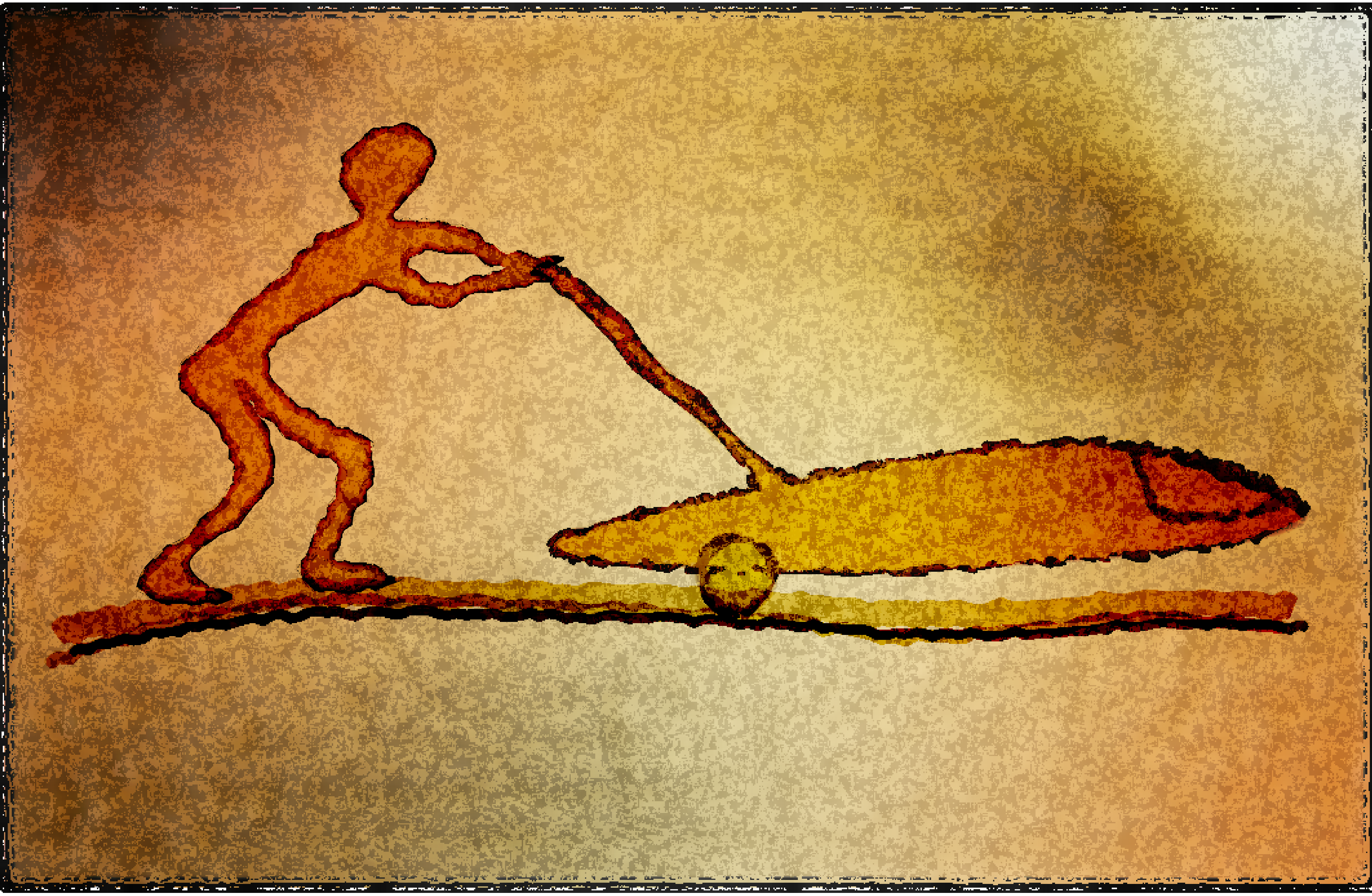
On the origins of buggy

In modern day, it can be difficult to recollect the scrappy origins of the noble sport of Sweepstakes. Informally known as Buggy, this pastime today takes the form of small carbon fiber capsules being pushed along a set route through Schenley Park, steered by students of short stature and tall courage. But it wasn't always this way.
Approximately 2,800 years ago, an odd four legged creature roamed North America. Fossils indicate it looked somewhat similar to a goat, but with shorter, thicker legs. When standing its height was just above waist height for the average adult human, and when lying down, its large torso would rise to just below the average adult's knees.
These creatures lived in swamps and marshes, particularly in what would become the northeastern United States tens of thousands of years later. In winter they would grow thick fur and occupy caves or the undersides of ledges, and in spring, they would consume grass voraciously. One fascinating behavior of these creatures, documented both through fossilized soil records and extensive cave paintings, was a tendency to graze at the top of steep, muddy hills, waiting for predators to take notice. Once a large carnivore approached, the creature would fling itself into the mud and tuck its legs under its body, allowing it to slide down the hill. The legs of the creatures were carefully evolved to double as runners, akin to a sled or ice skate, minimizing friction (along with their streamlined fur).
Reconstructions of the languages used at the time would suggest the creatures were referred to as something like "of the bogs". Or as they later came to be called, upon the gentle introduction of European languages to this region of the world, "boggies". It seems that humans in the area that would now be referred to as southwestern Pennsylvania took a particular interest in studying boggies. They soon began constructing artificial environments to exaggerate the distances which they could slide, using wetter mud, predictable routing, and unnaturally steep slopes reinforced with reeds. After hundreds of years of this, the first evidence can be found of a human riding one of these "boggies", and not long after, pushing them uphill with their riders in order to slide further than a single downhill slope permits.
When exactly boggie riding became competitive is unknown, but it was a highly optimized contest by the time it made its way significantly into oral history. This history is now all that remains of this era of Sweepstakes, as boggies were driven to extinction within decades of European arrival. However, artificial boggies had already been constructed for centuries out of timber and furs, and as populations of natural boggies dwindled, technologies like the wheel were introduced, and the industrial revolution brought new materials and techniques, the boggie transformed into the buggy: beasts mechanical in nature, nearly frictionless, hurtling along courses of concrete and asphalt rather than mud and silt. Little of the original sport remains in a physical sense, but the core roles (minus those related to safety) have changed little, and the spirit of innovation and fair competition has persisted to this day, now under the watchful eyes of Carnegie Mellon University.